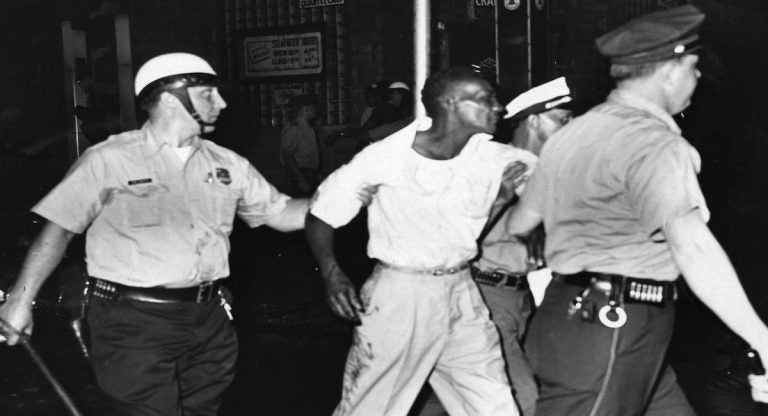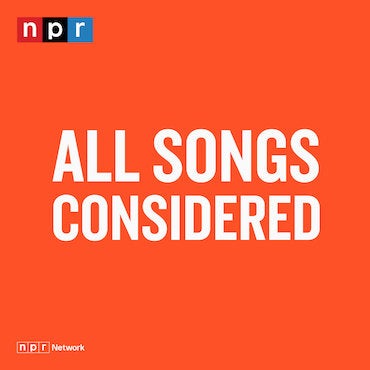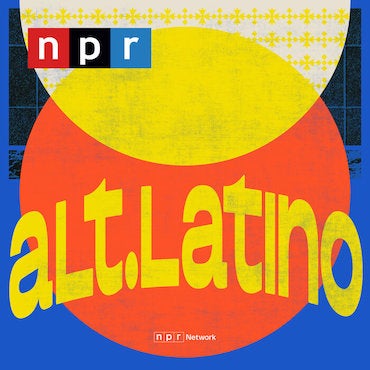50 years later the legacy of 1964 riots lingers
Listen
A man ins arrested at 22nd Street and Columbia Avenue. (Courtesy of Temple University Libraries, Urban Archives, George D. McDowell Philadelphia Evening Bulletin Photographs Collection)
On August 28, 1964, African-Americans began three nights of rioting in Philadelphia. It was exactly a year to the day after Martin Luther King, Jr. issued his iconic call for black freedom and equality at the March on Washington.
Ever since, these dueling images have dominated our memories of the 1960s. On the one hand, we have King’s dream of non-violent protest and racial integration; then there’s the nightmare of urban riots, which seized New York and Rochester as well as Philadelphia in the summer of 1964.
Over the ensuing half-century, we’ve changed from a country where most citizens said they’d never vote for a black president to a nation that elected one. But we also imprison disproprotionate numbers of African-Americans, who are still targeted by police simply because of their color. And we’re also one of the most heavily armed societies on earth.
You can trace all of these developments to the race riots of the 1960s, which sparked panic in the heart of white America. Between June 1963 and May 1968, our cities witnessed 239 riots involving over 200,000 participants. Eight thousand people were injured, and 190 lost their lives.
Never mind that the vast majority of casualties were black. In the Watts riot of 1965 in Los Angeles, for example, 28 of 34 killed were African-American; in Newark’s 1967 riot, the 26 dead included 24 blacks.
By August 1967, over half of white Americans told pollsters that they felt scared for their personal safety. Blacks were always in greater danger, of course, and two-thirds of them reported feeling afraid. But the two races differed sharply on the cause of the rioting and—especially—on its remedy.
In a 1967 survey, asking respondents to explain rioting, over two-thirds of blacks but just one-third of whites cited lack of jobs and decent housing for African-Americans; meanwhile, half of blacks and less than 10 percent of whites mentioned police brutality, the most frequent trigger for urban riots.
Over the next 20 years, these numbers would help fuel a tectonic shift in American politics. Souring on the liberal social programs of the Great Society, millions of white Democrats deserted the party. They found a ready home in a revamped GOP and its call for “law and order,” a none-too-subtle appeal to racial anxieties.
And they found an effective standardbearer in Ronald Reagan, who played up the Watts riots in his successful bid to unseat California governor Edmund “Pat” Brown—the current governor’s father—in 1966. By 1980, when Reagan swept into the White House, law and order had become the official GOP creed. It resurfaced in 1988, when George H.W. Bush used the figure of Willie Horton—a black rapist paroled by Massachusetts’ Michael Dukakis—to win the presidency.
Democrats tried to play catch-up, but mostly in vain. Warned by an aide that the crime issue “could destroy us,” Lyndon Johnson signed legislation providing federal assistance to state and local governments to step up law enforcement. But the party continued to lose votes on the issue until the election of Bill Clinton, who supported “three-strikes-and-you’re-out” sentencing laws and an expanded federal death penalty.
Likewise, Democrats lent their voices to the growing GOP chorus for gun rights. In the midst of the 1960s riots, a white author published a popular guide to “Defending Yourself, Your Family, and Your Home”—including suggestions about firearms and tear gas. Meanwhile, the National Rifle Association and other activists started to promote a novel legal theory: that the Second Amendment protected private gun ownership.
Fast-forward to the present, and you can see the fruits of the law-and-order consensus. Between 1980 and 2008, the number of people incarcerated in America skyrocketed from 500,000 to 2.3 million; home to just five percent of the world’s population, the United States now has a quarter of its prisoners. African-Americans are six times as likely to be imprisoned as whites; if present trends continue, one in three black men can expect to spend part of life in prison.
Meanwhile, African-Americans are far more likely to be frisked by police—or stopped while driving—than whites are. Not surprisingly, they are also more likely to be assaulted or killed by law enforcement officials. The July 17 death of a black man in Staten Island, New York—reportedly from a policeman’s chokehold—is only the latest example.
But there’s also been some good news. As public treasuries groan under the burden of law enforcement, Democrats and a few Republicans (including presidential hopeful Rand Paul) are calling for alternatives to incarceration. Paul has also condemned racial profiling in the so-called War on Drugs, which has come under some welcome bipartisan scrutiny.
Yet on guns—and guns alone—the post-1960s consensus continues. Even in the wake of Sandy Hook schoolhouse massacre, nobody in either party seems ready to take on Americans’ penchant for firearms. The riots of the 1960s spawned a massive campaign to incarcerate our fellow citizens, all in the service of law and order. It would be ironic—and tragic—if the riots’ lasting legacy was the right of each citizen to wield a lethal weapon against the rest of us.
_________________________________________________
Jonathan Zimmerman teaches history and education at New York University. He is the author of “Too Hot to Handle: A Global History of Sex Education,” which will be published next spring by Princeton University Press.
WHYY is your source for fact-based, in-depth journalism and information. As a nonprofit organization, we rely on financial support from readers like you. Please give today.

